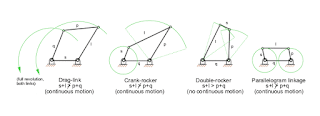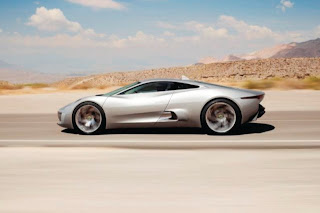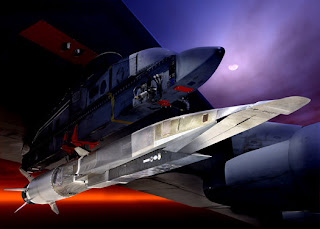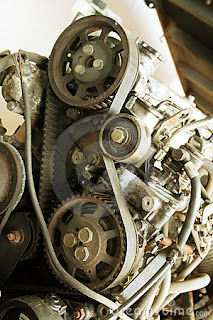Alternator
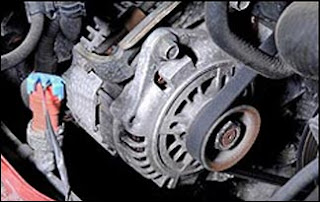
Alternator The alternator is what keeps a car's battery charged. In essence, the alternator is a generator run by the car's engine. Most alternators are attached to the engine by a belt. As the engine runs, it spins the belt, which turns components in the alternator that change this mechanical energy into electrical energy. That electrical energy is stored in the battery. Keep your alternator running smoothly by routinely checking the belts that connect it to the engine. Make sure the belts aren't dry or frayed, and are tightly connected to both the alternator and the engine.


